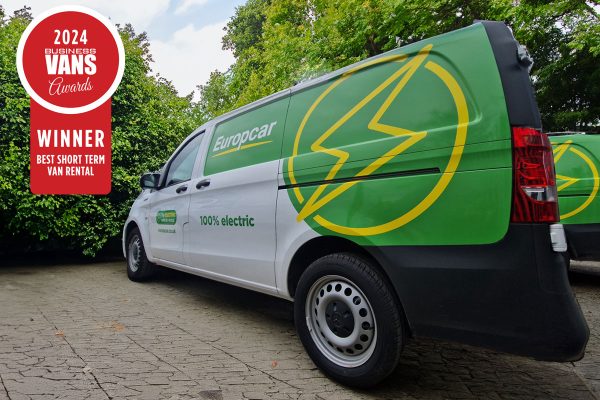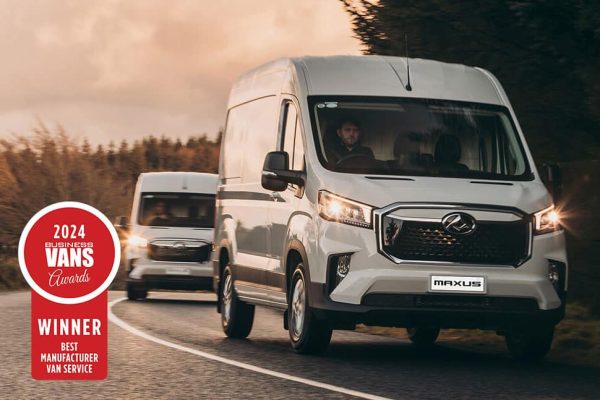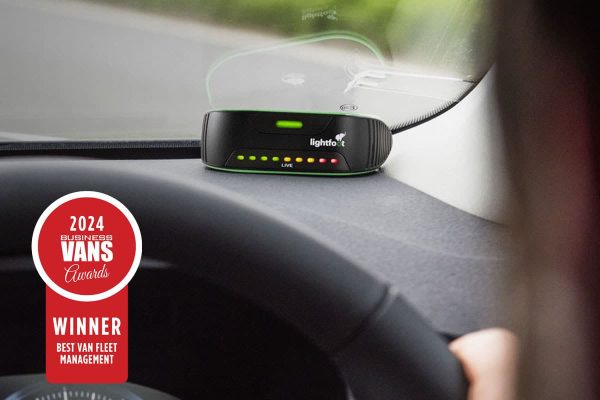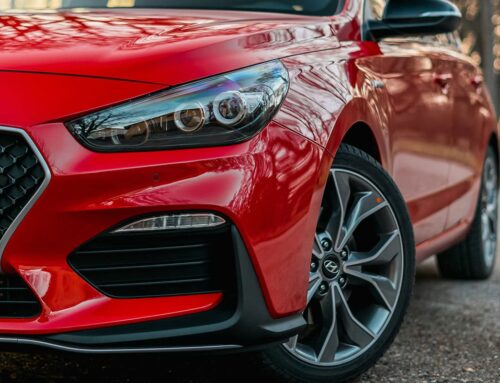SOMETIMES money is very tight but you need a vehicle, and that’s when the idea of vehicle
leasing comes in and it more often than not ends up saving the day. Plus, leasing electric
vehicles also can be a very affordable way to switch from a car powered by petrol and diesel to
one powered by electricity.
However, leasing an electric vehicle does come with some things that you need to know, and also
can be beneficial to you as well if you follow the right steps. Here are some of the things you
need to know about electric car leasing, so you can use it to get your car on the road!
What is electric vehicle leasing?
It is very similar to leasing a normal ICE powered van. You go to your finance provider and agree
to pay a monthly fee to rent a brand new electric car on a long term basis. In addition, you will
need to pay an initial up front rent fee as well and decide both how long you want to rent the car
as well as how many miles you want to drive it each year.
This rental period can be anything from 2-4 years and then you will hand the car back.
Afterward, you can try to rent a brand new model or simply walk away with nothing more to pay
because the car is in good condition.
What about charging the electric vehicle?
Thankfully, with an electric lease, all EVs come with a cable that you can plug into a
standard socket in your home. However, you will need a dedicated socket to charge the car
over the long term. Leasing a car, like the Vauxhall Mokka Electric, means that you do qualify
for an Electric Vehicle Homecharge Scheme (EVHS) grant from the government. The grant
provides up to 75% or around 500 euros for the installation of the EV home charger.
So you don’t need to worry about keeping your electric car topped up for the length of your
lease, that is all taken care of for you.
The differences when leasing an electric vehicle
First, one of the biggest differences is with the maintenance package for the vehicle. While for
most gas powered cars you will want this package that will keep the payments for the wear and
tear out of your wallet. However, electric vehicles have fewer moving parts and aren’t going to
require as much maintenance as a regular car, so it might not be cost effective to take out the
maintenance package for your electric car. At least if you aren’t driving all around for long trips.
Additionally, you need to take a look at the charges and the predicted miles per full charge that
you can get for the car. It’s very similar to miles per gallon on a regular car. Now, if you get a car
with a large charge it can go for a while without being plugged back in, with most engines being
predicted to go about 200+ miles on a single charge.
Still, make sure that you understand that not all estimations are realistic, and for the most part
the weather conditions and the conditions of the road will impact how far and how well your car
will drive along on one single charge. It might require some math to calculate how far you travel
in a day, and also you will need to play out long day trips to ensure you have charging stations
along the way.
However, if you are only using your car for daily trips, you should be fine no matter what car you
end up getting. If you are going to be making long road trips, then that will require a little extra
work.
What happens at the end of your lease?
Once you have decided how long you are leasing the van for, and have made all the required
payments for that time, then what happens once the lease has ended? You can simply buy out
the lease, buy out the car and then resell it, transfer the lease, do a trade with the electric car,
and even extend the lease.
There are a lot of options that you can take advantage of whenever it comes to your electric
vehicle leases. It’s important to look over all of them and see which ones you want to do.
Especially if you really like the electric vehicle and decide to keep it for yourself.











Leave A Comment